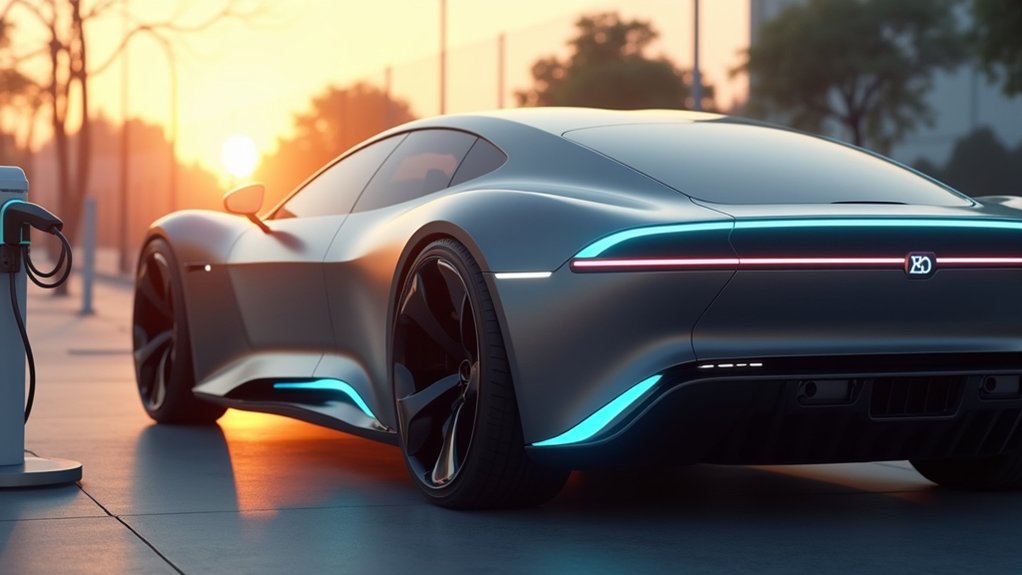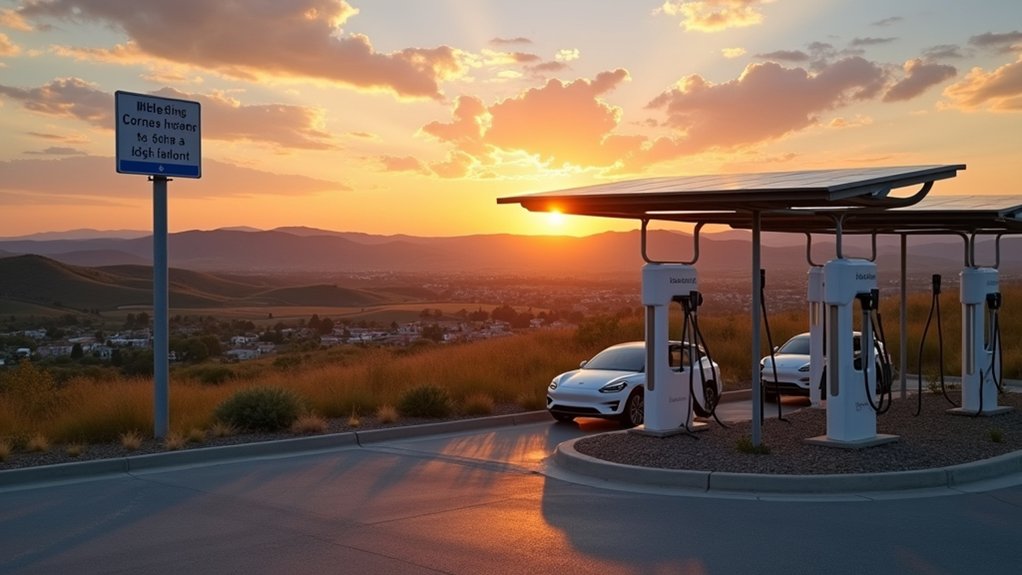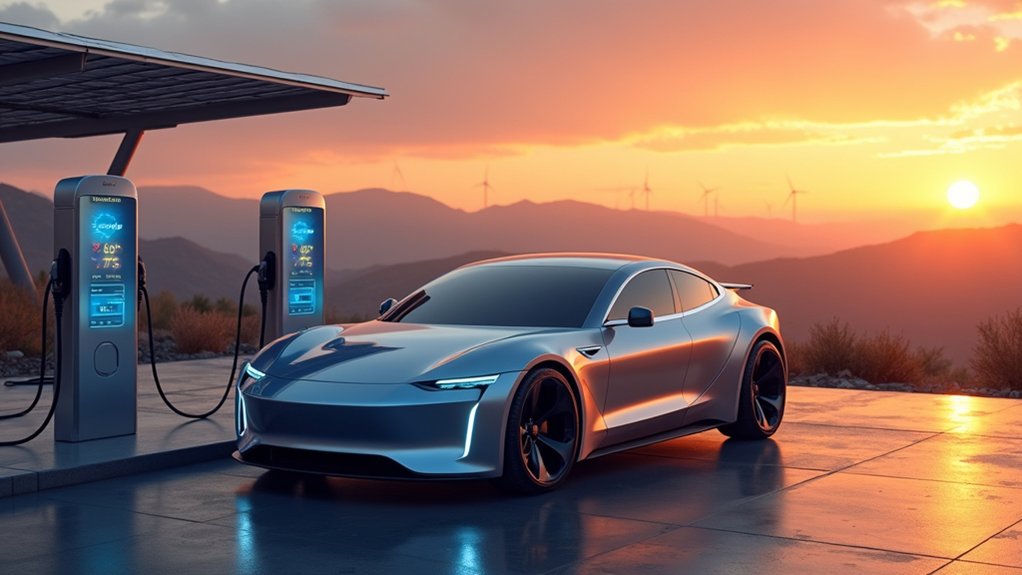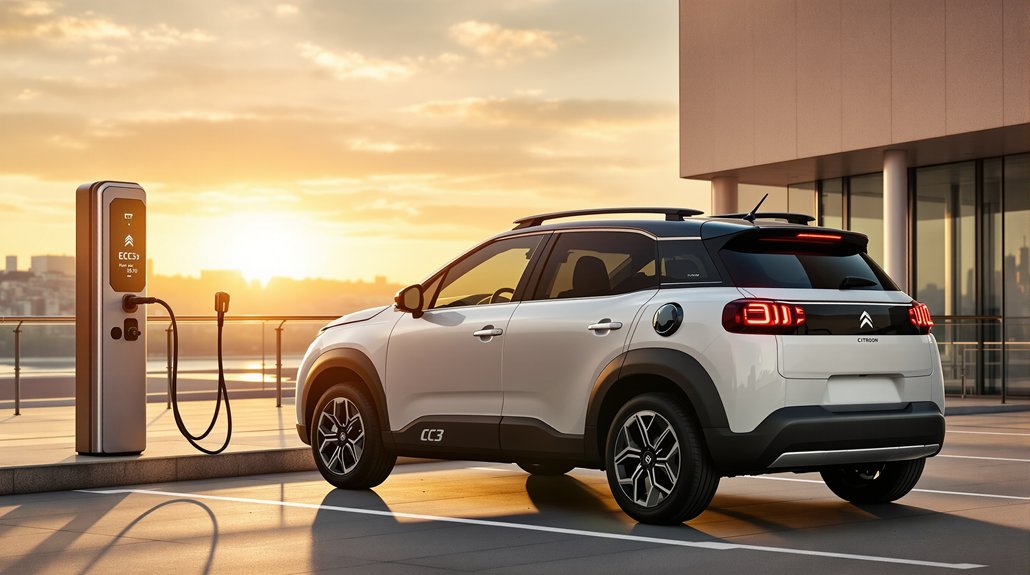Electric vehicles are entering an era of unprecedented innovation with groundbreaking models like the Chevrolet Bolt EV 2025 and Porsche Macan Electric leading the charge. Advanced features including 800-volt architecture, bi-directional charging, and augmented reality displays are becoming standard. Market adoption continues to surge, with EVs representing 25% of new European car registrations in 2023. As manufacturers expand charging networks and develop solid-state batteries, the future of transportation looks increasingly electric.

As the automotive industry accelerates toward an electric future, the next wave of EVs promises groundbreaking advancements in range, performance, and technology. Leading manufacturers are introducing compelling models that showcase the rapid evolution of electric mobility, with vehicles like the reimagined Chevrolet Bolt EV 2025 utilizing GM’s advanced Ultium platform to deliver enhanced range beyond its predecessor’s 259 miles.
The luxury and performance segments are witnessing remarkable innovation, exemplified by the Porsche Macan Electric with its sophisticated 800-volt charging architecture and augmented reality head-up display. The Ram 1500 REV is challenging perceptions of electric trucks, offering up to 654 horsepower and an impressive range of 350-500 miles, while Tesla’s upcoming Roadster aims to shatter performance benchmarks with sub-two-second acceleration to 60 mph. The Lucid Gravity SUV showcases exceptional engineering with its 900-volt design enabling rapid charging capabilities.
Technical advancements in EV architecture are transforming the driving experience. Bi-directional charging capabilities now enable vehicles to serve as mobile power sources, while regenerative braking systems maximize efficiency during urban driving. The integration of Advanced Driver Assistance Systems (ADAS) and augmented reality displays represents a significant leap forward in safety and user interface design.
Market adoption is accelerating rapidly, with electric vehicles capturing nearly 25% of new car registrations in Europe during 2023. This surge in demand has prompted manufacturers to expand their electric offerings across multiple segments, from affordable daily drivers to luxury performance vehicles. The shift to EVs represents a crucial step in reducing transportation emissions, which currently account for 29% of U.S. greenhouse gas emissions. Supply chain constraints continue to present challenges for manufacturers as they scale up production to meet growing demand.
Infrastructure development is keeping pace, with expanding networks of DC fast charging stations and innovative wireless charging solutions in urban areas.
Battery technology continues to evolve, with manufacturers exploring solid-state batteries and sustainable material sourcing. The focus on ethical battery production and recycling programs demonstrates the industry’s commitment to environmental responsibility.
These advancements, combined with government initiatives to phase out internal combustion engines by 2040 in many regions, suggest that the electric vehicle revolution is not just inevitable but imminent.
Frequently Asked Questions
How Long Does It Take to Install a Home Charging Station?
While physical installation of a home EV charging station typically takes 2-4 hours, the complete process spans 2-4 weeks.
This timeline includes site evaluation, permitting, and potential electrical upgrades.
Factors like panel-to-charger distance, existing electrical capacity, and installation location complexity affect duration.
Weather conditions, installer availability, and local regulations can extend the process, particularly when panel upgrades are necessary.
What Happens to Electric Vehicle Batteries After They’re No Longer Usable?
EV batteries follow two main paths after their primary use ends.
Most batteries retain about 70% capacity and enter “second-life” applications, serving as energy storage for homes, businesses, and power grids.
When capacity drops further, batteries undergo sophisticated recycling processes – either hydrometallurgical or pyrometallurgical – recovering up to 99% of valuable materials like lithium, cobalt, and nickel for reuse in new batteries.
Can EVS Be Charged During Thunderstorms and Severe Weather Conditions?
While EVs can technically be charged during thunderstorms due to robust waterproofing and safety features, manufacturers generally recommend against it.
Modern charging systems include sophisticated protection mechanisms, including surge arresters and moisture-resistant components. The vehicles themselves act as Faraday cages, protecting against direct lightning strikes.
For maximum safety, charging should occur in covered areas during severe weather, though rain-only conditions pose minimal risk.
How Do Electric Vehicles Perform in Extreme Cold Temperatures?
Electric vehicles experience notable performance impacts in extreme cold, with range reductions of 10-24% due to battery chemistry limitations.
Cold temperatures slow lithium-ion reactions, reducing power output and charging efficiency. Heating systems draw additional battery power, further decreasing range.
However, modern EVs incorporate advanced thermal management systems and preconditioning features to minimize cold-weather effects.
Parking in insulated spaces and using seat heaters instead of cabin heat helps maximize winter performance.
Are There Special Insurance Considerations or Costs for Electric Vehicles?
Electric vehicles typically incur higher insurance premiums due to their elevated repair and replacement costs.
Battery replacements alone can range from $5,000-$15,000, while specialized technician training increases labor charges.
Insurers now offer EV-specific coverage options including battery protection and charging station coverage.
However, EV owners can benefit from eco-friendly vehicle discounts, telematics-based policies, and reduced rates for advanced safety features.










9 comments